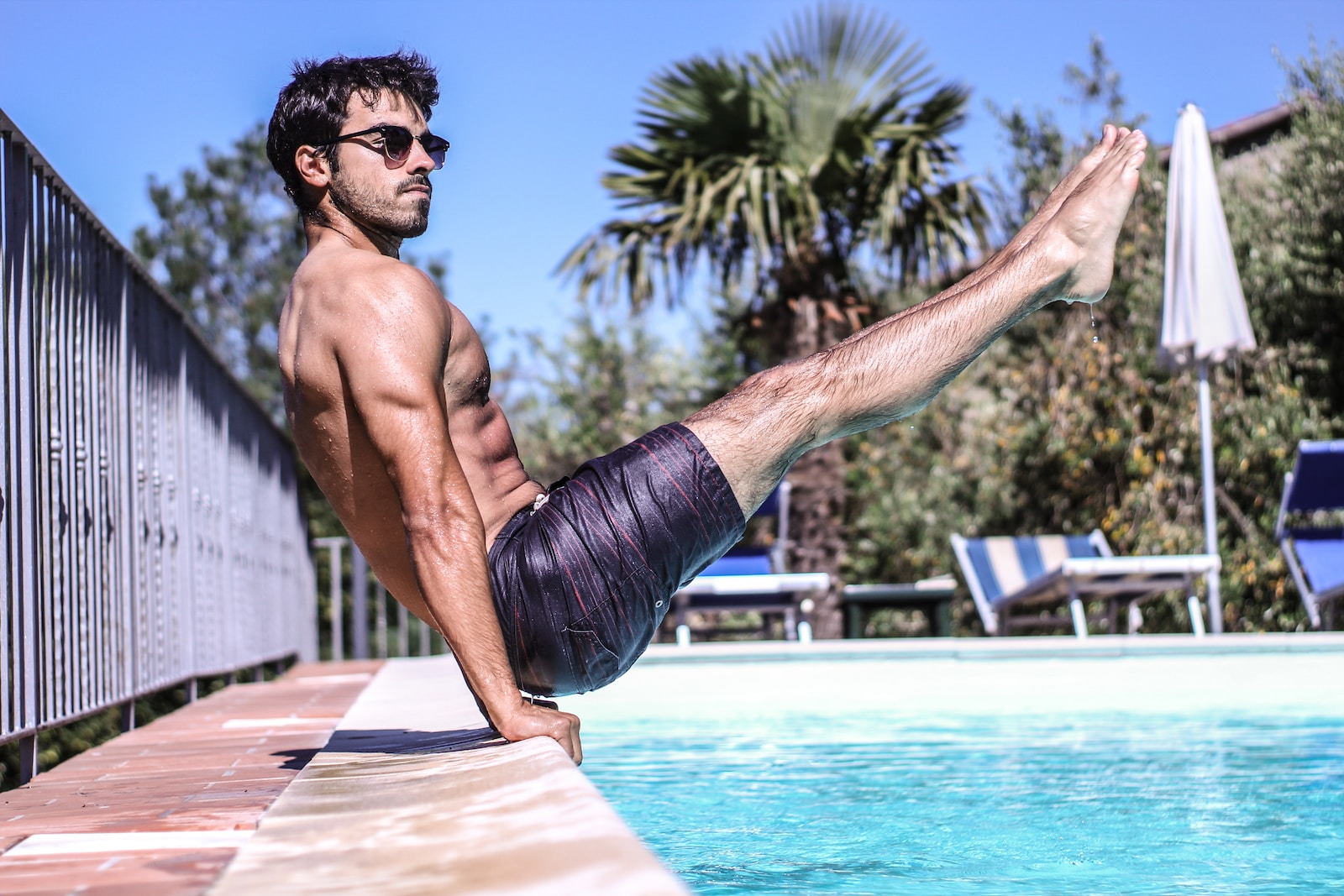
Calisthenics, or bodyweight training, is a form of exercise that uses the weight of your own body as resistance. This type of training is versatile, accessible, and effective, making it a great choice for beginners. Here’s a guide to getting started with calisthenics.
Understanding Calisthenics
Calisthenics exercises are performed with minimal equipment, making them easy to do at home or in a park. They can be modified to suit any fitness level and can be combined in countless ways to create a varied, challenging workout.
Benefits of Calisthenics
Calisthenics offers numerous benefits. It improves strength, flexibility, and endurance, promotes lean muscle mass, and can aid in weight loss. Because it uses multiple muscle groups simultaneously, enhancing coordination and balance.
Getting Started with Calisthenics
As a beginner, it’s important to start slowly and focus on mastering the basic movements. Here are some foundational calisthenics exercises to incorporate into your routine:
- Push-Ups: Push-ups target the chest, shoulders, and triceps. Start in a high plank position, lower your body until your chest touches the floor, then push back up. Modify by performing on your knees or against a wall if needed.
- Squats: Squats work the quads, hamstrings, and glutes. Stand with your feet hip-width apart, lower your body as if sitting in a chair, then stand back up. Ensure your knees don’t go past your toes.
- Lunges: Lunges target the same muscles as squats but also challenge your balance. Step forward with one foot, lower your body until your front knee is at a 90-degree angle, then push back up.
- Planks: Planks work the entire core. Start in a high plank position, lower onto your forearms, and hold. Ensure your body forms a straight line from head to heels.
- Jumping Jacks: This is a great cardio exercise. Stand with your feet together, jump your feet apart and raise your arms overhead, then jump back to the starting position.
Creating a Calisthenics Workout
A simple way to create a calisthenics workout is to choose 5-10 exercises and perform them in a circuit. For example, you might do 10 push-ups, 15 squats, 10 lunges on each leg, a 30-second plank, and 30 jumping jacks, then rest for a minute before repeating the circuit.
As a beginner, aim for 2-3 workouts per week. As your fitness improves, you can increase the intensity by adding more exercises, increasing the number of repetitions, or decreasing rest time.
Tips for Success
- Warm-Up: Always start your workout with a warm-up to prepare your muscles and joints for exercise and reduce the risk of injury.
- Form: Prioritize good form over speed or number of repetitions. This will ensure you’re effectively targeting the right muscles and preventing injuries.
- Progression: As you get stronger, challenge yourself by adding more difficult variations of exercises.
- Rest: Allow your body time to recover between workouts. This is when your muscles repair and grow stronger.
Conclusion
Calisthenics is a versatile and effective form of exercise that is accessible to beginners. By starting with the basics and gradually increasing the intensity of your workouts, you can build strength, improve flexibility, and enhance your overall fitness.
Remember, it’s always a good idea to consult with a healthcare provider or a fitness professional before starting any new exercise program. They can ensure you’re performing exercises correctly and provide guidance based on your individual needs and goals. With their go-ahead, you can enjoy the many benefits of calisthenics.

